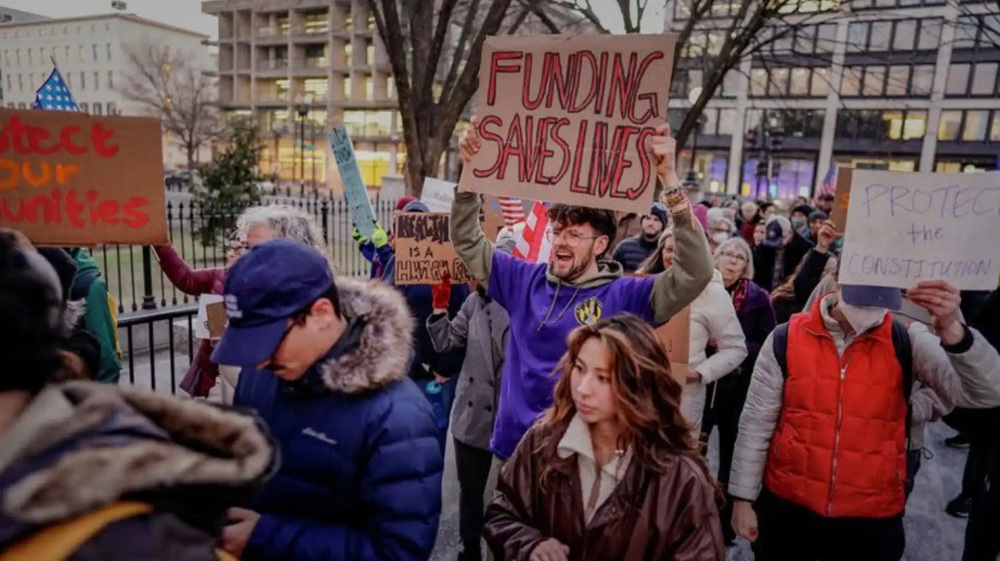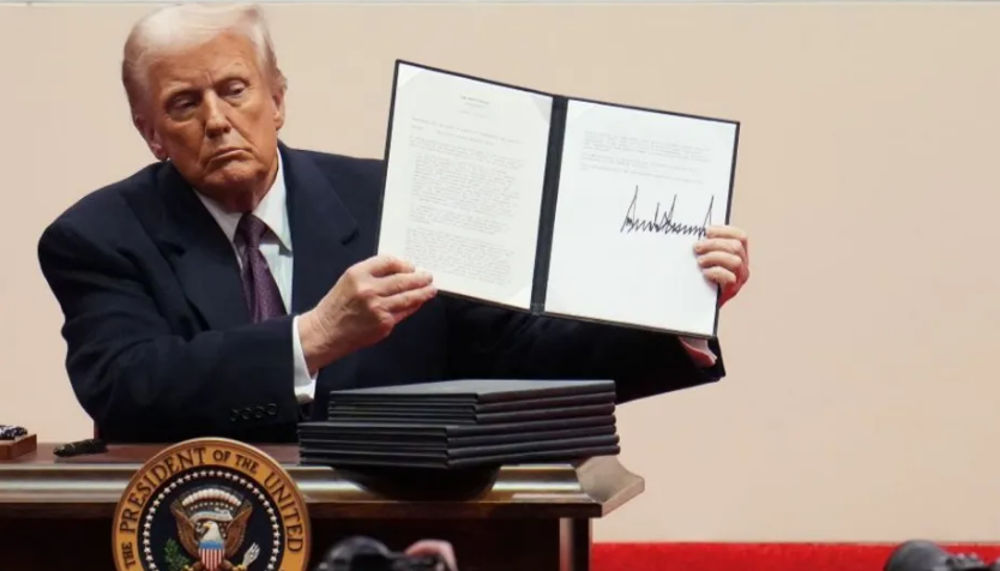Hate speech, online extremism instigated Pelosi attack, terror experts believe
US terrorism and extremism experts said the repeated targeting of House Speaker Nancy Pelosi by online extremists and political adversaries possibly contributed to the violent assault on her husband Paul, who was attacked and severely beaten by an assailant with a hammer at their residence in San Francisco on Friday.
The intruder yelled "Where's Nancy?" before beating up Paul Pelosi with a hammer, according to a person briefed on the incident, Reuters reported on Saturday.
Pelosi, 82, suffered blunt force trauma to his head and body, according to two people with knowledge of the investigation into the attack who spoke to The Associated Press on the condition of anonymity to discuss the ongoing probe.
An internet user with the same name as the suspect arrested at the scene, David Depape, voiced support for former President Donald Trump. Democrats have also claimed that the suspect is a supporter of Trump.
Terrorism and extremism experts believe the violent attack could be an example of the growing threat of so-called stochastic terrorism, in which occasionally individuals are inspired to violence by hate speech and scenarios they see online and hear preached by public figures.
"This was clearly a targeted attack. The purpose was to locate and potentially harm the speaker of the house," said John Cohen, who is a former counterterrorism coordinator and head of intelligence at the Department of Homeland Security.
Cohen is currently working with state and local law enforcement across the country on the issue.
"This is a continuation of a trend that we have been experiencing over the past several years. It is a threat dynamic that has law enforcement extraordinarily concerned."
Both far right and far left-leaning political websites and figures have been demonizing online and in public Pelosi for some time. Graphics depicting her being beheaded, and a call to send immigrants to her home, with her address, circulated online this summer, according to Site Intelligence Group, which researches online extremism.
Rita Katz, executive director of Site, said Pelosi was a hate figure for much of the political right and is the "face of the Democratic establishment and, as such, at the center of many QAnon-adjacent conspiracy theories."
"While the intent may be to mobilize one's political base or generate ratings it also adds to the volatility of the threat environment," said Cohen.
"Today's radical extremism threat has this powerful digital component that can really accelerate recruitment and activate violence across a broader threat landscape," Aisha Qureshi, a social science analyst at the National Institute, said in an agency podcast before the Pelosi attack.
"Just the sheer volume and speed of misinformation spread through social media really exacerbates this problem," she said.
Meanwhile, Progressive Democratic Representative Alexandria Ocasio-Cortez has said that the United States is "facing an environment of fascism" similar to the days of Jim Crow in the leadup to the 2022 midterms which Democrats are likely to lose to Republicans.
Federal officials at the Department of Homeland Security and FBI have warned of a "heightened threat" ahead of the midterm elections charged by violent extremism, CBS News reported
What they're saying: “We are really truly facing an environment of fascism in the United States of America. This type of intimidation at the polls brings us to Jim Crow,” Ocasio-Cortez (D-NY) told MSNBC on Friday about reports of intimidation at Arizona ballot boxes.
US authorities released a bulletin on Friday that said domestic violent extremists pose a threat of violence for the 2022 midterms and the days after.
Iran determined to boost ties with Kyrgyzstan: VP
VIDEO | Trump orders to investigate, deport pro-Palestinian foreign students and staff
Iran begins celebrations marking victory of Islamic Revolution
‘Multiple’ Israeli airstrikes hit Lebanon in breach of ceasefire
Official: Hamas will continue to administer Gaza as war 'over'
Six Israeli soldiers killed, injured as Jenin fights back onslaught
VIDEO | Anniversary of Hind Rajab's martyrdom
VIDEO | 'Friends of Palestine' demands suspension of Israel from UN bodies











 This makes it easy to access the Press TV website
This makes it easy to access the Press TV website